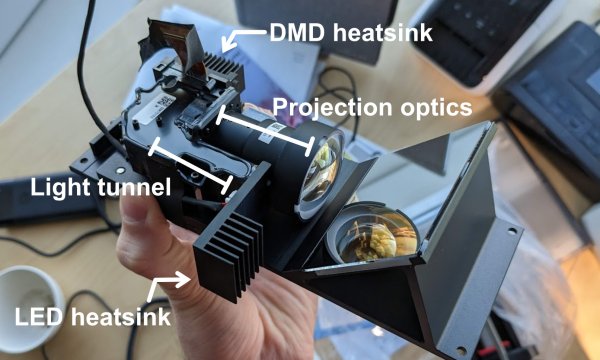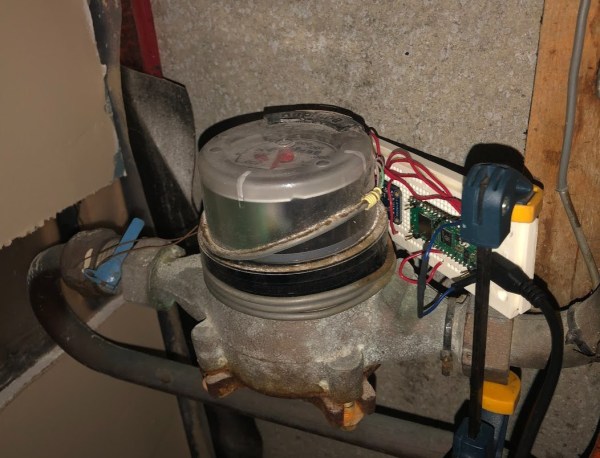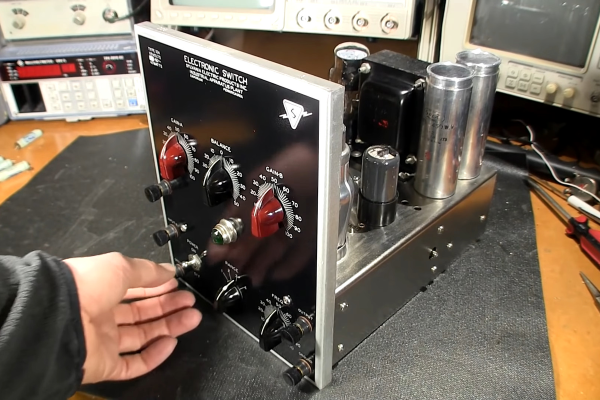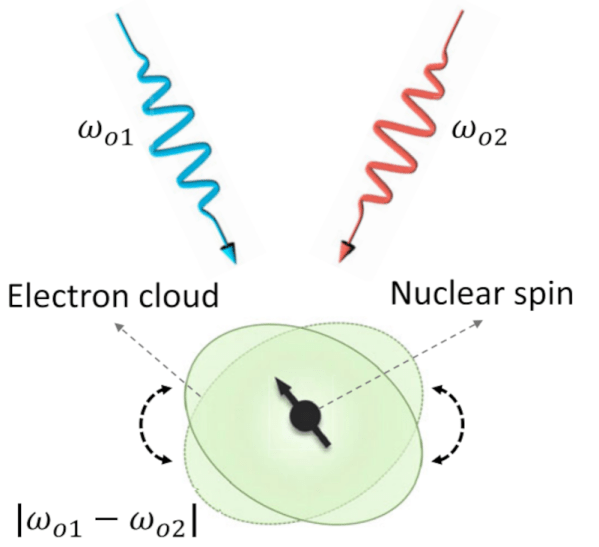We’ve been following the open, royalty-free RISC-V ISA for a while. At first we read the specs, and then we saw RISC-V cores in microcontrollers, but now there’s a new board that offers enough processing power at a low enough price point to really be interesting in a single board computer. The VisionFive 2 ran a successful Kickstarter back in September 2022, and I’ve finally received a unit with 8 GB of ram. And it works! The JH7110 won’t outperform a modern desktop, or even a Raspberry Pi 4, but it’s good enough to run a desktop environment, browse the web, and test software.
And that’s sort of a big deal, because the RISC-V architecture is starting to show up in lots of places. The challenge has been getting real hardware that’s powerful enough to run Linux and compile software on, that doesn’t cost an arm and a leg. If ARM is an alternative architecture, then RISC-V is still an experimental one, and that is an issue when trying to use the VF2. That’s a theme we’ll repeat a few times, but the thing to remember here is that getting more devices in the wild is the first step to fixing things. Continue reading “The Future Of RISC-V And The VisionFive 2 Single Board Computer”




















